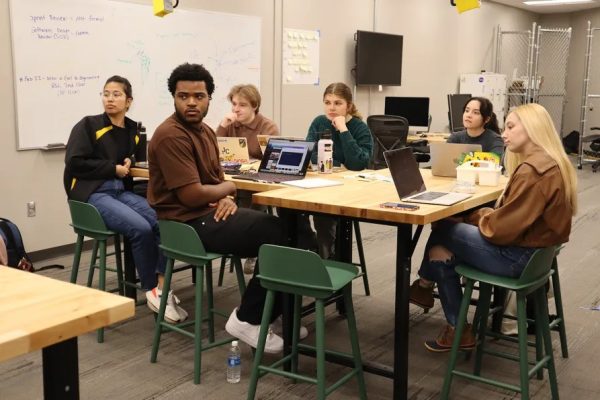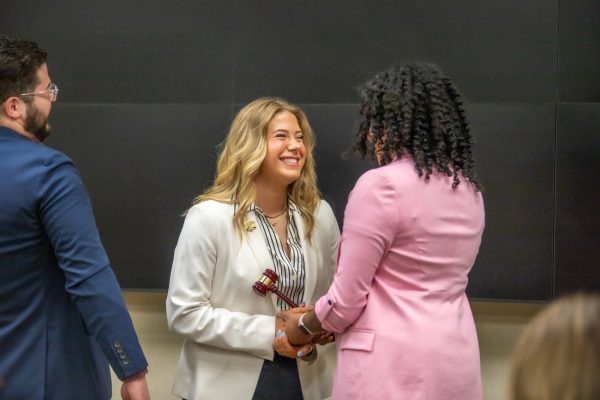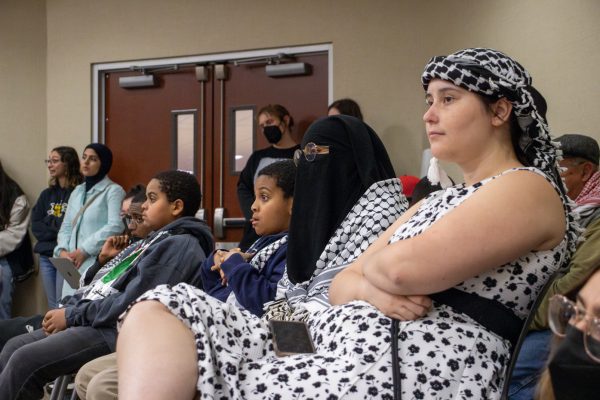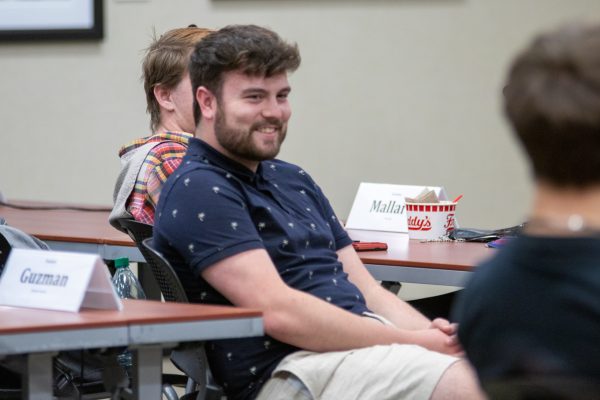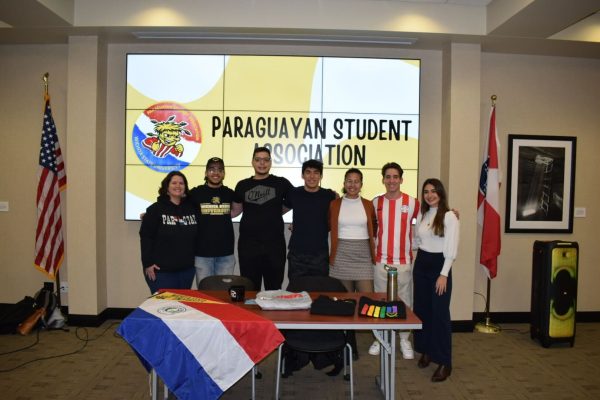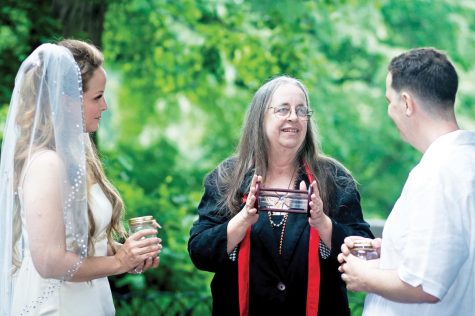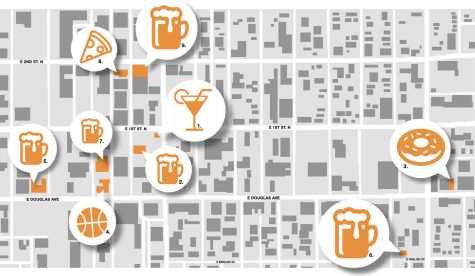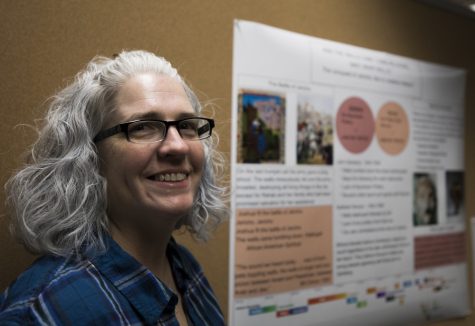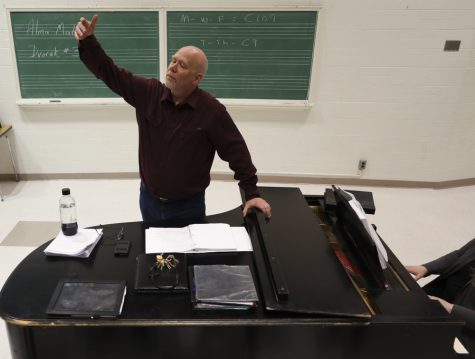Visiting printmaker plays on imagination, science
In a series that has been continuing for about 30 years, Beauvais Lyons, print media artist and professor at the University of Tennessee, has been creating prints of fictional history.
In his undergraduate program, Lyons documented and fabricated an imaginary culture by creating ceramic artifacts and prints to excavate the imagination.
Since that project, Lyons has created work based off imaginary worlds in the form of artifacts, prints and stories. By drawing on inspiration from real archaeology, history and medicine, Lyons’s imaginary world is his attempt to make something look like viewers are at a history museum.
“I want people to be confused,” he said. “I want for them to not know if it’s art or if it’s history, maybe science. I’m kind of like the wolf wearing the sheep’s clothing, kind of the trickster or prankster playing with what we believe.”
During his time at WSU, Lyons will work with students on a new series he is creating, give a lecture and have his work shown in the Clayton Staples Gallery. The gallery, located in Room 215 in McKnight Art Center, shows a rotation of contemporary artists, as well as master’s of fine arts and bachelor of fine art’s students. The gallery is open from 9 a.m. to 5 p.m. Monday through Friday, and is free to everyone.
ShockPress Collaborative — a print media class in the School of Art, Design and Creative Industries — holds a series of three visiting artist talks each semester since it was founded one year ago by Humberto Saenz, assistant professor of print media.
“The main idea [of ShockPress] is to bring in visiting artists from around the nation and international artists to work with students to have an applied learning experience with a visiting artist,” Saenz said. “The students are able to work with the artists, get their work critiqued by the artists and have their portfolios looked at to receive feedback for the professional world.”
During his talk Wednesday at the Ulrich Museum of Art, Lyons spoke about contemporary artists who mock authority through their different media, as well as his own works. His series being shown at WSU, “Envisioned Worlds: Lithographs from the Hokes Archives,” uses various lithograph techniques, which are shown in his demonstrations to the students.
“The lithographs here were made with techniques very similar to how 19th century and early 20th century lithographs were made,” Lyons said. “I’m often drawing one of the color runs from a stone and then there are other printing elements that come from various kinds of plates. The goal is to make it look like the historical form of the print.”
Although Lyons’s work is considered fictional history, he said he tries to stay as historically accurate as possible. In his latest series about a circus, Lyons went as far as contacting the historical society to figure out where a circus would have occurred in Wichita in 1916.
“I like doing these talks and workshops because I benefited immensely from visiting artists who did projects and print studios,” Lyons said. “It’s great to turn the studio into a space that involves both teaching and creative research.”
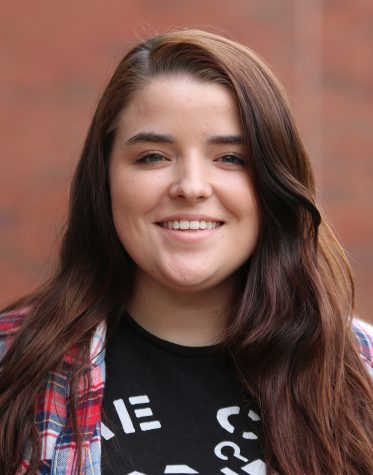
Marissa Campbell was the Culture Editor for The Sunflower. Campbell wrote music reviews as well as arts, culture and other entertainment stories. From...




